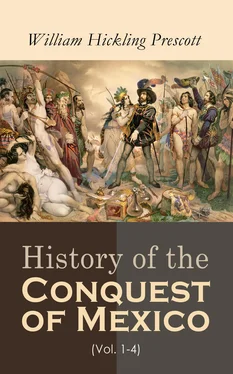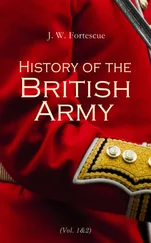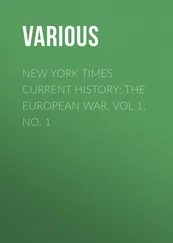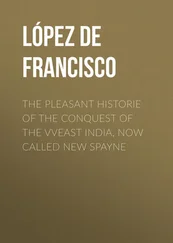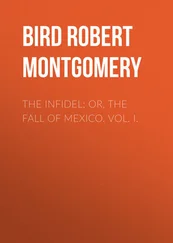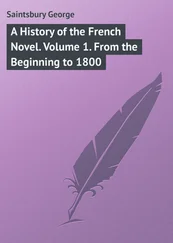Lastly, they employed, as above stated, phonetic signs, though these were chiefly confined to the names of persons and places; which, being derived from some circumstance or characteristic quality, were accommodated to the hieroglyphical system. Thus, the town Cimatlan was compounded of cimatl , a “root,” which grew near it, and tlan , signifying “near;” Tlaxcallan meant “the place of bread,” from its rich fields of corn; Huexotzinco , “a place surrounded by willows.” The names of persons were often significant of their adventures and achievements. That of the great Tezcucan prince Nezahualcoyotl signified “hungry fox,” intimating his sagacity, and his distresses in early life. [149]The emblems of such names were no sooner seen, than they suggested to every Mexican the person and place intended, and, when painted on their shields or embroidered on their banners, became the armorial bearings by which city and chieftain were distinguished, as in Europe in the age of chivalry. [150]
But, although the Aztecs were instructed in all the varieties of hieroglyphical painting, they chiefly resorted to the clumsy method of direct representation. Had their empire lasted, like the Egyptian, several thousand years, instead of the brief space of two hundred, they would doubtless, like them, have advanced to the more frequent use of the phonetic writing. But, before they could be made acquainted with the capabilities of their own system, the Spanish Conquest, by introducing the European alphabet, supplied their scholars with a more perfect contrivance for expressing thought, which soon supplanted the ancient pictorial character. [151]
Clumsy as it was, however, the Aztec picture-writing seems to have been adequate to the demands of the nation, in their imperfect state of civilization. By means of it were recorded all their laws, and even their regulations for domestic economy; their tribute-rolls, specifying the imposts of the various towns; their mythology, calendars, and rituals; their political annals, carried back to a period long before the foundation of the city. They digested a complete system of chronology, and could specify with accuracy the dates of the most important events in their history; the year being inscribed on the margin, against the particular circumstance recorded. It is true, history, thus executed, must necessarily be vague and fragmentary. Only a few leading incidents could be presented. But in this it did not differ much from the monkish chronicles of the dark ages, which often dispose of years in a few brief sentences,—quite long enough for the annals of barbarians. [152]
In order to estimate aright the picture-writing of the Aztecs, one must regard it in connection with oral tradition, to which it was auxiliary. In the colleges of the priests the youth were instructed in astronomy, history, mythology, etc.; and those who were to follow the profession of hieroglyphical painting were taught the application of the characters appropriated to each of these branches. In an historical work, one had charge of the chronology, another of the events. Every part of the labor was thus mechanically distributed. [153]The pupils, instructed in all that was before known in their several departments, were prepared to extend still further the boundaries of their imperfect science. The hieroglyphics served as a sort of stenography, a collection of notes, suggesting to the initiated much more than could be conveyed by a literal interpretation. This combination of the written and the oral comprehended what may be called the literature of the Aztecs. [154]
Their manuscripts were made of different materials,—of cotton cloth, or skins nicely prepared; of a composition of silk and gum; but, for the most part, of a fine fabric from the leaves of the aloe, agave Americana , called by the natives maguey , which grows luxuriantly over the table-lands of Mexico. A sort of paper was made from it, resembling somewhat the Egyptian papyrus , [155]which, when properly dressed and polished, is said to have been more soft and beautiful than parchment. Some of the specimens, still existing, exhibit their original freshness, and the paintings on them retain their brilliancy of colors. They were sometimes done up into rolls, but more frequently into volumes, of moderate size, in which the paper was shut up, like a folding screen, with a leaf or tablet of wood at each extremity, that gave the whole, when closed, the appearance of a book. The length of the strips was determined only by convenience. As the pages might be read and referred to separately, this form had obvious advantages over the rolls of the ancients. [156]
At the time of the arrival of the Spaniards, great quantities of these manuscripts were treasured up in the country. Numerous persons were employed in painting, and the dexterity of their operations excited the astonishment of the Conquerors. Unfortunately, this was mingled with other and unworthy feelings. The strange, unknown characters inscribed on them excited suspicion. They were looked on as magic scrolls, and were regarded in the same light with the idols and temples, as the symbols of a pestilent superstition, that must be extirpated. The first archbishop of Mexico, Don Juan de Zumárraga,—a name that should be as immortal as that of Omar,—collected these paintings from every quarter, especially from Tezcuco, the most cultivated capital in Anahuac, and the great depository of the national archives. He then caused them to be piled up in a “mountain-heap”—as it is called by the Spanish writers themselves—in the market-place of Tlatelolco, and reduced them all to ashes! [157]His greater countryman, Archbishop Ximenes, had celebrated a similar auto-da-fé of Arabic manuscripts, in Granada, some twenty years before. Never did fanaticism achieve two more signal triumphs than by the annihilation of so many curious monuments of human ingenuity and learning! [158]
The unlettered soldiers were not slow in imitating the example of their prelate. Every chart and volume which fell into their hands was wantonly destroyed; so that, when the scholars of a later and more enlightened age anxiously sought to recover some of these memorials of civilization, nearly all had perished, and the few surviving were jealously hidden by the natives. [159]Through the indefatigable labors of a private individual, however, a considerable collection was eventually deposited in the archives of Mexico, [160]but was so little heeded there that some were plundered, others decayed piecemeal from the damps and mildews, and others, again, were used up as waste paper! [161]We contemplate with indignation the cruelties inflicted by the early conquerors. But indignation is qualified with contempt when we see them thus ruthlessly trampling out the spark of knowledge, the common boon and property of all mankind. We may well doubt which has the stronger claim to civilization, the victor or the vanquished.
A few of the Mexican manuscripts have found their way, from time to time, to Europe, and are carefully preserved in the public libraries of its capitals. They are brought together in the magnificent work of Lord Kingsborough; but not one is there from Spain. The most important of them, for the light it throws on the Aztec institutions, is the Mendoza Codex; which, after its mysterious disappearance for more than a century, has at length reappeared in the Bodleian Library at Oxford. It has been several times engraved. [162]The most brilliant in coloring, probably, is the Borgian collection, in Rome. [163]The most curious, however, is the Dresden Codex, which has excited less attention than it deserves. Although usually classed among Mexican manuscripts, it bears little resemblance to them in its execution; the figures of objects are more delicately drawn, and the characters, unlike the Mexican, appear to be purely arbitrary, and are possibly phonetic. [164]Their regular arrangement is quite equal to the Egyptian. The whole infers a much higher civilization than the Aztec, and offers abundant food for curious speculation. [165]
Читать дальше
